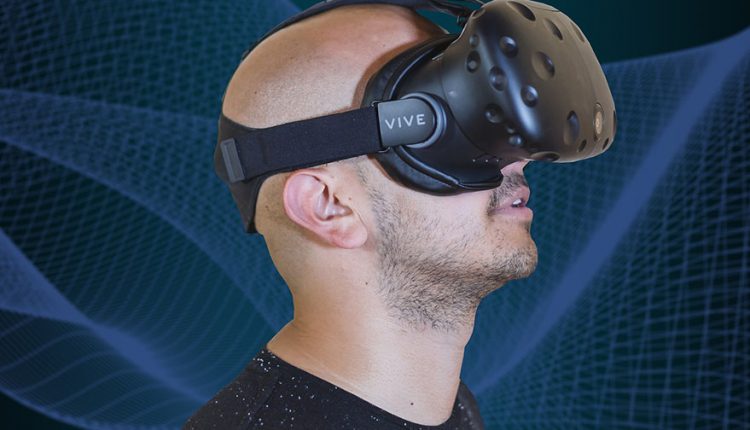Zine Bouhamri, PhD, Technology & Market Analyst, Displays at Yole Développement (Yole), said: “AR was and continues to be the dream that consumer electronics companies want to make real to deliver the long-awaited revolution of replacing smartphones. But as children of the flat panel display industry, we are used to having very high-quality displays all around us.
“And the image quality that AR has been able to provide so far is not yet at this level. Technology improvements such as waveguide optics and microLEDs will enable an increase in functionalities and use case developments. Without a compelling use case, the consumer will not jump into the game”.
The market research & strategy consulting company, Yole, analyzes this progress in a new dedicated display report, titled ‘Displays and optics for AR & VR 2020’. Yole offers a comprehensive overview and in-depth understanding of the displays and optics markets associated with these industries. This report analyzes the key challenges related to AR & VR systems and the future trends and evolution of AR & VR market landscapes. This study also points out the related industrial and technological ecosystems, associated roadmaps, market forecasts, and much more.
Indeed, Yole’s analysts expect a first generation of headsets to come soon, with a 2021 milestone of a noticeable volume. These will be based on conventional optics with most likely either MEMS or OLED-on-silicon display solutions. However, for the market to really be enabled, a complete technological paradigm shift is required. In terms of optics, everything revolves around waveguide technologies.
For a long time they have been improving and were fighting against the poor optical efficiency they could deliver.
According to Zine Bouhamri: “From less than 1% efficiency we can now see results that go an order of magnitude beyond that. So much so that, while uniformity needs to be improved, they meet the minimum requirements for OEMs. We expect a second milestone around 2023 when the big consumer electronics brands come in with a product that respects the consumer requirement trio of performance, cost and form factor”.
But one element is still missing at the moment: the display engine. Though efforts are continuing, Yole’s analysts have not yet seen a microLED product. MicroLED microdisplays can provide what the other solutions cannot, brightness, form factor, color, and contrast. And all the OEMs are waiting for this opportunity to materialize, as Yole anticipates its penetration to reach 30% by 2027.
“The AR market has been mostly a professional-based market, as the performance, cost and form factor trio is hard to balance” said Pierrick Boulay, Technology & Market Analyst, Solid-state Lighting at Yole. “But thanks to all the technological advancements, we can expect a 105% CAGR through to 2027 in volume for AR headsets. And this promise of a strongly growing market has sparked the interest of many in the supply chain, some still in stealth mode”.
Indeed, waveguides have improved a lot thanks to design efforts but also thanks to the push from equipment makers intensifying their efforts, such as EV Group and Oxford Instruments and the substrate manufacturers.
The glass industry has been working at providing high refractive index wafers to allow for waveguide manufacturing, trying to both push and enable the market. Given the projected wafer numbers and associated revenues, were the consumer market to thrive, it would represent a non-negligible portion of the glass business.
But for the consumer market to thrive, it is about more than just the hardware and providing a high-quality image in something that looks like a regular pair of glasses. If the end-result simply consists of putting a smartwatch screen in front of the eye, this is probably not compelling enough. Much like VR, there is a need for a real disruption in the use case.
That is why we expect the OEMs to come in with a proper proposition to really kickstart the market. As with the history of the smartwatch, we think the adoption curve for AR will follow the same path, with the early products maybe not providing compelling performance and use case, until a big gun jumps in
As an example, Apple seems like a good candidate for that: they have the microLED effort, the waveguide effort, the application effort with ARKit and also the 3D sensing effort.
As they progressively integrate some of these technologies in their newer products, they will raise awareness about AR, preparing the consumer for when everything is ready for a headset. And perhaps that will be seen by 2023.

